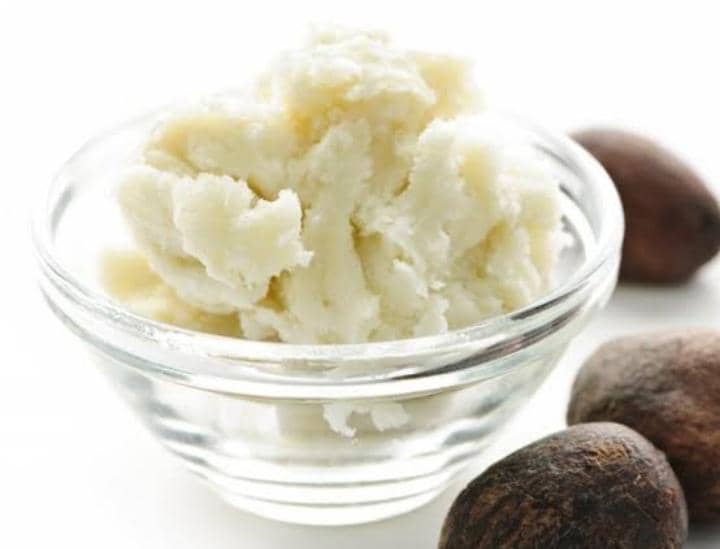
Our customer support team is here to answer your questions. Ask us anything!
Chat with us on WhatsApp

Written By: Flipbz.org
Shea butter, a highly sought-after commodity derived from the nuts of the shea tree, continues to grow in popularity globally due to its versatile applications in cosmetics, pharmaceuticals, and food industries. For exporters, understanding the best markets to target in 2025 is essential for maximizing profits and growth opportunities. This article explores the top countries for shea butter exports based on demand trends, market size, and trade opportunities.
The United States remains a dominant importer of shea butter due to its extensive use in the cosmetic and skincare industry.
High Demand: The growing trend for organic and natural products fuels the need for shea butter in beauty formulations.
Diverse Applications: Used in cosmetics, food production (as cocoa butter substitute), and pharmaceuticals.
Trade Opportunities: Strong infrastructure and established trade agreements make it easier for exporters to penetrate the market.
Partner with certified organic suppliers to appeal to health-conscious consumers.
Comply with FDA regulations for cosmetic and food-grade products.
As Europe's largest economy, Germany is a hub for high-quality skincare and organic products, making it an ideal market for shea butter exporters.
Cosmetic Industry Leader: Germany's beauty industry consistently ranks among the top globally, with a focus on eco-friendly and natural ingredients.
Sustainability Focus: German consumers prioritize fair-trade and ethically sourced products.
Highlight sustainability credentials, such as Fair Trade or Organic certifications.
Collaborate with German cosmetic brands looking for natural raw materials.
The UK market for shea butter continues to grow, driven by increasing consumer awareness of its benefits and demand for eco-friendly products.
Natural Skincare Trend: UK consumers are gravitating toward natural beauty products, particularly those with moisturizing and anti-aging properties.
E-Commerce Boom: The rise of online beauty retail has expanded access to niche products like shea butter.
Use platforms like Amazon UK or Etsy for direct-to-consumer sales.
Partner with local distributors to increase market penetration.
China is rapidly emerging as a lucrative market for shea butter, driven by a growing middle class and increasing interest in premium skincare.
Rising Disposable Income: Consumers are willing to pay a premium for high-quality and imported skincare products.
Expanding Beauty Industry: The demand for natural ingredients in beauty products is growing significantly.
Navigate import regulations carefully, particularly around cosmetics.
Leverage e-commerce platforms like Alibaba and JD.com to reach tech-savvy consumers.
India’s market for shea butter is expanding, especially in the cosmetics and wellness sectors.
Ayurveda and Skincare: Shea butter aligns well with India’s emphasis on natural and herbal products.
Diverse Market: Used in a wide range of applications, from moisturizers to hair care products.
Emphasize the compatibility of shea butter with traditional Indian skincare practices.
Partner with local beauty brands and wellness spas.
Known for its luxury beauty and skincare industry, France is another top market for shea butter exports.
High-End Products: French brands are globally recognized for premium cosmetics that often incorporate shea butter.
Focus on Sustainability: Shea butter sourced through ethical and sustainable methods is highly valued.
Market products to high-end beauty brands.
Collaborate with French organic and natural product stores.
Japan's demand for shea butter is driven by the country’s obsession with flawless skin and high-quality skincare products.
Cosmetics Innovation: Japanese beauty brands frequently experiment with natural ingredients like shea butter.
Focus on Anti-Aging: Shea butter’s hydrating and healing properties align with Japanese skincare priorities.
Ensure packaging is aesthetically pleasing and functional.
Highlight product purity and quality to meet Japan’s high standards
In 2025, the best countries to export shea butter include the United States, Germany, the United Kingdom, China, India, France, and Japan. Each market presents unique opportunities tied to consumer preferences, industrial applications, and trade policies.
To succeed, exporters should focus on:
Meeting regulatory requirements for each target market.
Highlighting sustainability and ethical sourcing practices.
Leveraging e-commerce platforms and local partnerships to broaden reach.
By tailoring their strategies to the specific demands of these markets, exporters can capitalize on the growing global demand for shea butter.
Please register to comment.
With these components in place, your business...
Open the Listing model file located in the ap...
Discover promising partnership opportunities in various industries.
Pitch Your Startup | Find Partners
Comments